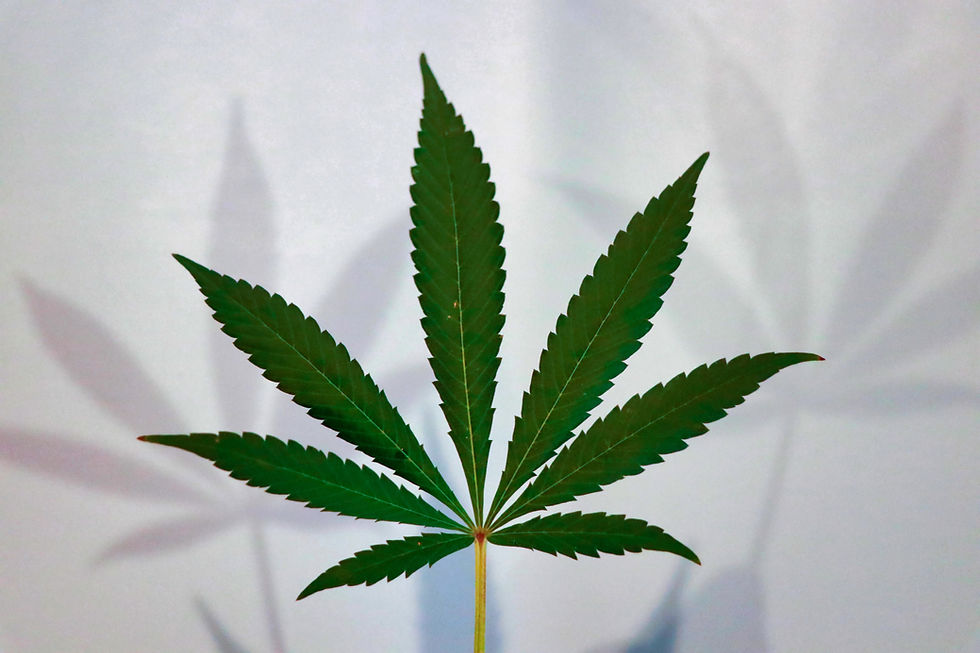In recent years, hemp has experienced a resurgence as a versatile and sustainable material in the textile industry. With its eco-friendly qualities and durability, hemp is quickly becoming a popular choice for clothing manufacturers and environmentally conscious consumers alike. But what makes hemp such a standout fabric, and how exactly is it transformed into clothing? Let’s explore the journey of hemp from plant to wardrobe.
The Origins of Hemp Fabric
Hemp is one of the oldest known fibers, with a history dating back thousands of years. It was widely used in ancient civilizations for making ropes, sails, and textiles. Despite its long history, hemp was overshadowed in the 20th century by cotton and synthetic fibers, largely due to misconceptions surrounding its association with marijuana. However, hemp is making a comeback thanks to its sustainable nature and the increasing demand for eco-friendly materials.
Cultivating Hemp for Textiles
Hemp is a remarkably resilient and fast-growing plant. It requires minimal water, grows in diverse climates, and does not need pesticides or herbicides. This makes it an environmentally friendly crop, especially compared to water-intensive cotton. Once harvested, the process of turning hemp stalks into fabric begins.
Retting: After harvesting, the hemp stalks undergo a process called retting. This involves soaking the stalks in water to break down the pectin, a natural glue that binds the fibers to the woody core. Retting can be done using natural methods, such as dew retting, where the stalks are left in the field to decompose naturally, or water retting, which involves submerging the stalks in water for a few days.
Decortication: Once retted, the hemp stalks are dried and then subjected to a process called decortication. This step separates the outer fibrous layer from the inner woody core (hurds). The fibrous part is what will be used to make fabric.
Breaking and Scutching: The fibers are then broken down further through a mechanical process that crushes the stalks and separates the long bast fibers from the shorter tow fibers and hurds. Scutching removes any remaining woody bits, leaving behind clean, raw hemp fibers.
Hackling: In the hackling process, the fibers are combed to remove any impurities and align them. This produces fine, long fibers that are ready to be spun into yarn.
Spinning: The final step in the processing of hemp fibers is spinning. The fibers are spun into yarn, which can then be dyed and woven or knitted into fabric. Hemp yarn can be blended with other fibers, like organic cotton or bamboo, to create different textures and properties.
The Benefits of Hemp Clothing
Hemp fabric offers a range of benefits that make it an attractive option for clothing manufacturers and consumers:
Durability: Hemp fibers are strong and long-lasting, making hemp clothing highly durable. Garments made from hemp can withstand repeated washing without losing their shape or quality.
Breathability and Comfort: Hemp fabric is breathable and softens with each wash, making it comfortable to wear. It’s also naturally moisture-wicking, keeping the wearer cool and dry.
UV Protection: Hemp fabric has natural UV resistance, offering added protection from the sun’s harmful rays.
Antimicrobial Properties: Hemp is naturally resistant to bacteria and mold, reducing the need for chemical treatments.
Eco-Friendly: Hemp is a low-impact crop that benefits the environment. It improves soil health by replenishing vital nutrients and requires fewer resources than cotton or synthetic fibers.
Hemp in Modern Fashion
Hemp clothing has evolved from its rugged, utilitarian roots to become a staple in modern fashion. Designers and brands are embracing hemp for its versatility and sustainability, creating everything from casual wear and activewear to high-end fashion pieces. Hemp fabric can be woven into a variety of textures, from coarse canvas to silky smooth textiles, offering endless possibilities for creativity.
Conclusion
As the fashion industry continues to seek out sustainable alternatives, hemp is leading the charge as a renewable, durable, and eco-friendly fabric. By choosing hemp clothing, consumers can enjoy stylish, comfortable garments while supporting a more sustainable future. Whether you’re looking for a sturdy pair of jeans, a soft t-shirt, or a chic dress, hemp is a fabric that delivers both style and substance.



